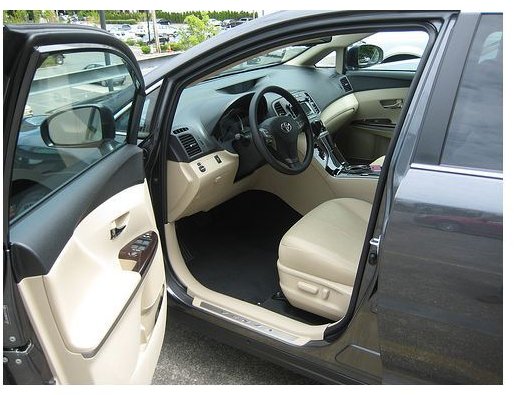FMEA Examples in the Real World
What Is FMEA?
FMEA (Failure Mode And Effects Analysis) is a risk assessment tool where possible failure modes are outlined (typically on a spreadsheet) and ranked according to severity. “Failure modes” refer to errors found in a
product or process and the “effect analysis” will outline the impact of the failure mode.
Image courtesy of Flickr user cygnus921
The potential risks are ranked according to severity, based on an RPN number which is assigned by multiplying the three risk elements: Severity, Risk and Detection. For a full description please review this article on the principles of FMEA.
FMEA is typically used by many industries, especially the automotive, electronic, and medical industries, as it can assist in risk assessment for all process stages. There are three typical types of FMEA.
-
Concept FMEA - An FMEA is performed based on perceived risks associated with a concept, typically performed in advance of hardware design.
-
Design FMEA - An FMEA is performed at the design stage of the proposed product and focuses on potential design flaws of a product prior to volume build.
-
Process FMEA - Concerned with possible errors in the process that result in low quality product being shipped to the customer.
With all FMEA types the process is asks “What can go wrong?” and “What can be done to eliminate the problem?”. Of course, if a problem exists that is high risk and cannot be remedied, the project is cancelled at the concept stage.
Image Credit: Courtesy of Flickr
Examples of FMEA
Concept FMEA: At the concept stage there may be some draft drawings or basic information produced, enough to have a brainstorming session with experts in the required design areas, for example, hardware or software design.
Example: The root concept is for a new type of activity toy for babies, the team is assembled and all have ideas for material type, shape and function. Possible risks are outlined and could include, the baby will drop, eat or fall on this item. Is the item safe in all such areas? Is it cost effective to produce and still meet all required safety standards and environmental legislation?
The product is deemed viable and permission is given to proceed to the design stage.
Design FMEA: During the design stage, prototypes are created and subjected to rigorous testing according to internal and industry standards. Further issues are identified that make the product unsafe. It is found that the product shatters into small pieces when sufficient force is applied, an obvious safety issue when babies are involved, as they will swallow these pieces. To correct this problem, the material type is changed to a safe rubber-based compound and the project then moves to a production phase.
Process FMEA: The product is now in mass production and during the FMEA process one potential concern is raised, the painting process. While the overall design is a safe one, it is discovered that during the painting process, the material becomes brittle and tends to crumble, producing a powdered residue, once again production is halted and a new coating process introduced to solve this issue.

While the above is a simple example , it does indicate that FMEA procedures from the early stages have a major part to play in assuring product safety. In today’s modern industries high risk concerns such as the one mentioned above, are rare and only apply to countries that have unregulated safety standards or those companies who simply do not care.
Real-life examples of successful FMEA implementation are all around us, particularly evident in the automotive industry where high risk failures (resulting in a recall) seldom occur (despite Toyota’s recent stuck gas-pedal issues), and improvements such as proximity parking sensors (preventing the unnecesarry expense of body repairs), and cup holders (somewhere to safely store a hot drink) are FMEA responses to perceived customer requirements. Safety features such as airbags and the inability to remove ignition keys while in Park, are all existing evidence of the ever improving ways in which the automotive industry strives to reduce the length of their FMEA worksheet.
Image courtesy of Flickr user erocsid
